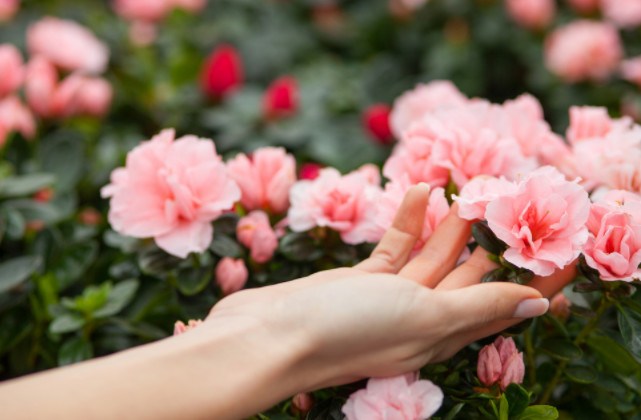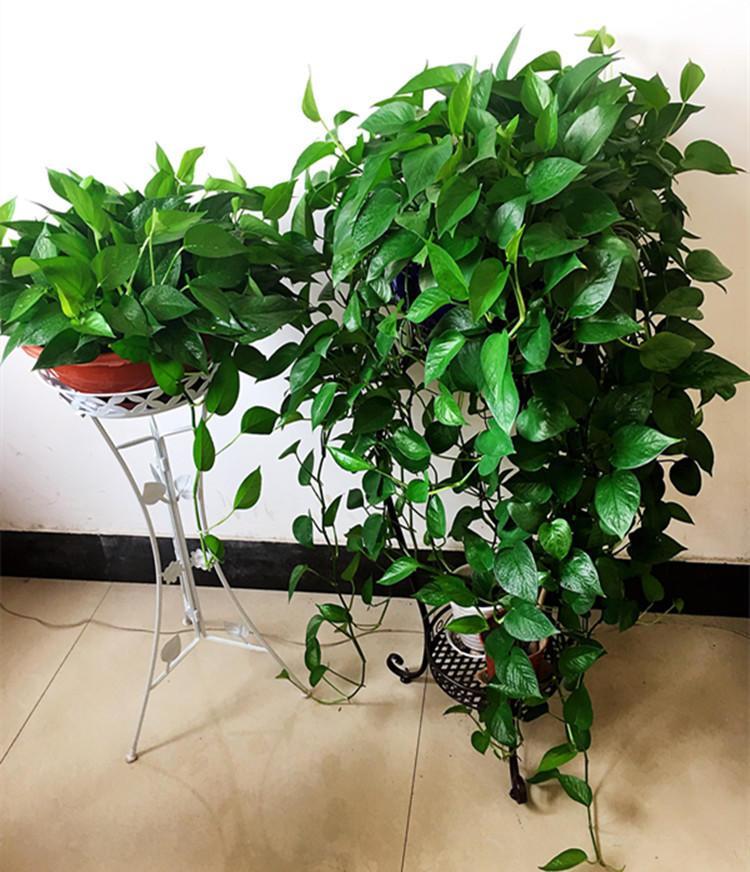Using this kind of leaves as plant material for orchid cultivation is nutritious enough.

The orchid is simple and unadorned, the leaf color is evergreen, the leaf is soft and firm, and the flower is fragrant. People have always regarded orchids as a symbol of nobility and elegance. However, many flower friends raise orchids, always wrestling with the question of which plant material is the best. In fact, a kind of leaf can also be a good plant for orchids.
This kind of leaf is a thorn oak leaf. The fermented leaves of Quercus variabilis are very effective in cultivating orchids. However, it is recommended that when using florists, it is most appropriate to use a mixture of 30%, 40%, and not to overuse it. Other plant materials can be mixed with rotten bark particles, gold plants, a small amount of laterite particles, and other granular plants.
The mixed plant material is not only breathable and diuresis, but also has good nutrition. The fermented leaves of Quercus variabilis are the best carrier for the reproduction of orchid bacteria, which can provide a source of nutrition for the symbiotic orchid root. If you find it troublesome, you can also buy a special cultivation medium for orchids directly.
Before using oak leaves as the plant material for orchids, flower friends can take the amount they need, soak in water for more than 2 hours, soften the leaves, and then use them black.
In addition, to cultivate orchids with fermented Quercus variabilis leaves, it is best to choose a higher non-hole No. 8 black plastic pot to cultivate orchids. After the above formula is mixed, grab a handful of leaves to cushion the bottom of the basin, and then use the mixture to fill the plant. While filling the leaf mixture, while slapping the basin, shake the basin.
Try to combine the mixed plant naturally with the root of the orchid, and do not press the plant with your hands. The orchid should be shorter, the false scale neck should be 3 cm away from the basin mouth, and the last 3 cm should be filled with leaves to make the basin surface, which should be flush with the basin mouth or slightly higher.
Flower friends as long as the cultivation of plant material, while filling while beating the basin, shake the basin, the plant and orchid root in the basin is not much space, this formula of plant material can cultivate any variety of orchids, orchids will grow very well, the roots will grow a lot, the seedlings will grow more.
The decay rate of oak leaves is too fast, generally one year, two years at most to change the plant material, and the growth rate is too fast, resulting in the bulb is not big enough to keep up with the nutrition. At this time, you can use orchid special nutrient solution, supplement nutrition, but also enhance resistance, dilution 500 times to the orchid root on it.
About watering: the plant material of this formula needs to be watered frequently in a dry cultivation environment (balcony), and the mixed plant material generally does not accumulate water. The moisture of leaves and bark is very good. According to the air temperature and evaporation, flower friends can pour water every two nights in a high temperature environment, the plant material can be kept moist at any time, the blue root grows best, and the false scale neck does not produce roots and seedlings for a long time.
In addition, using this kind of leaves to grow orchids, in an environment with the right temperature (20-26 degrees Celsius), the orchid root will grow very much in about 30 days, and the length can quickly grow to 15-20 centimeters.
For orchids who like to use "microwave oven" to kill insects and bacteria at high temperature before cultivation, they should also be inoculated with "actinomycetes" if necessary, so as to provide beneficial orchids to the plants in time and ensure the healthy growth of orchids.
- Prev

My husband didn't wait for me to eat. My husband brought out the hot food in the kitchen. I burst into tears.
(from readers, the picture of this article is from the Internet) my husband didn't wait for me to eat when I came home from overtime. My husband served hot food in the kitchen. I cried silently in a marriage. Trust is very important. It is the bond and bridge to maintain the relationship between two people.
- Next

Hydroponic green pineapple leaves sparse and yellowing easily a few steps green and dense
Green pineapple, as a common foliage plant in many homes, the oil-green "flower of life" turns yellow in the water and quietly goes bald. What on earth is going on? Look at the lifeless sparse green pineapple, in the water.
Related
- Wuhan Hospital Iron Tree Blooming Result Was Instantly Frightened by the Gardener Master
- Which variety of camellia is the most fragrant and best? Which one do you like best?
- What is the small blue coat, the breeding methods and matters needing attention of the succulent plant
- Dormancy time and maintenance management of succulent plants during dormancy
- Minas succulent how to raise, Minas succulent plant pictures
- What are the varieties of winter succulent plants
- How to raise succulent plants in twelve rolls? let's take a look at some experience of breeding twelve rolls.
- Attention should be paid to water control for succulent plants during dormant period (winter and summer)
- Watering experience of twelve rolls of succulent plants
- Techniques for fertilizing succulent plants. An article will let you know how to fertilize succulent plants.

